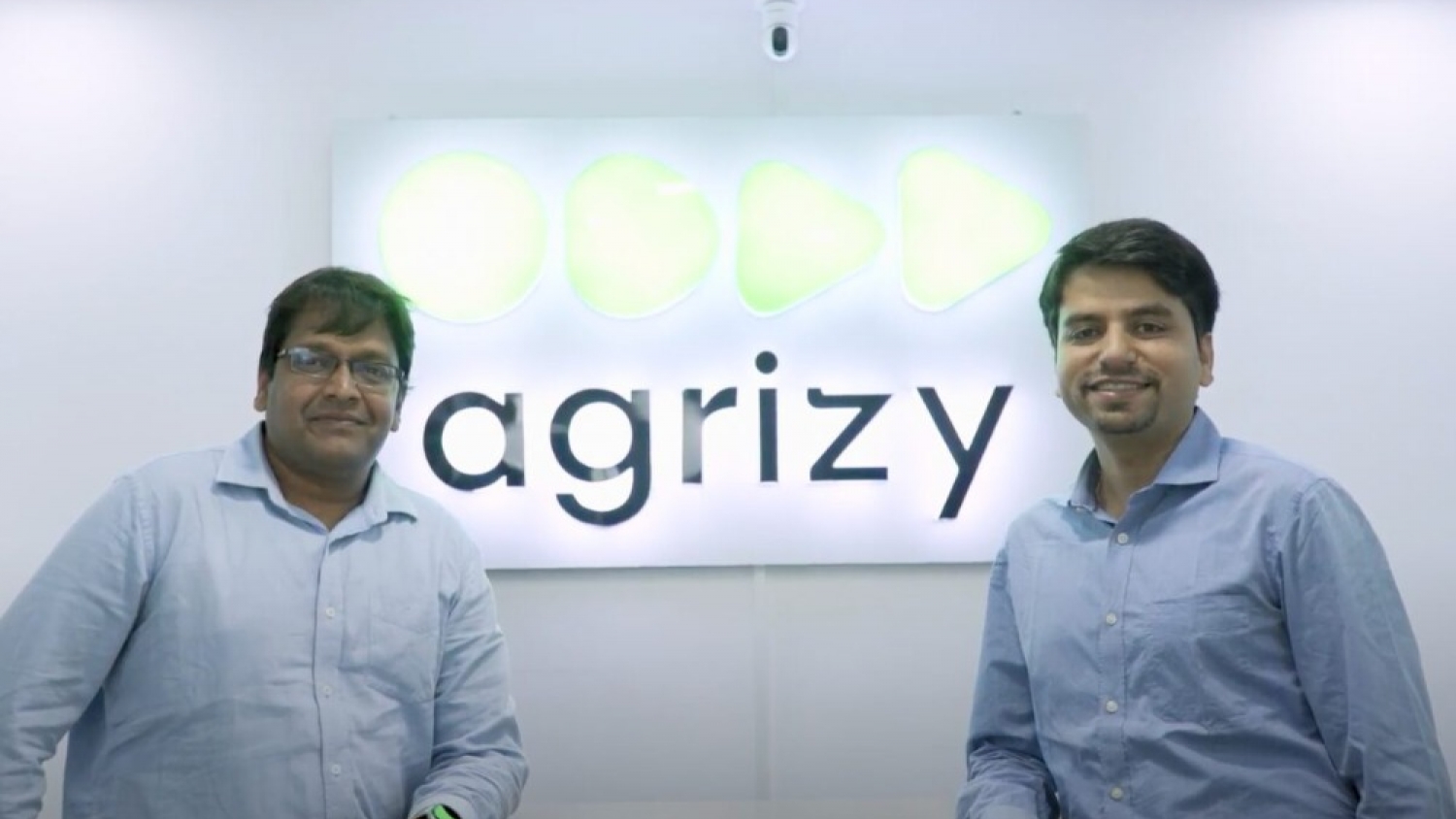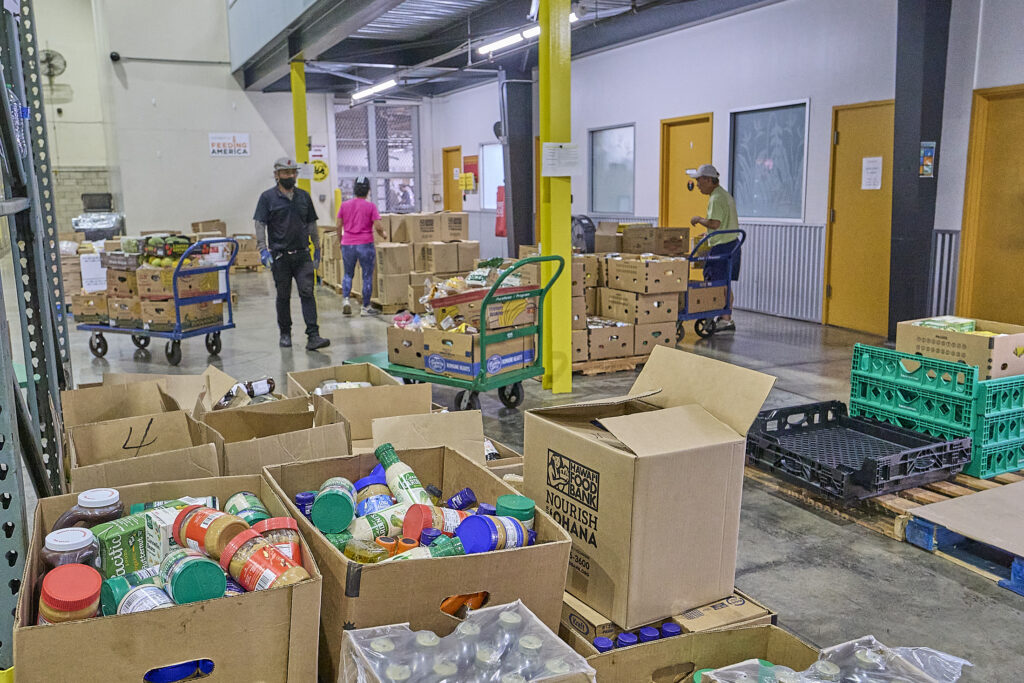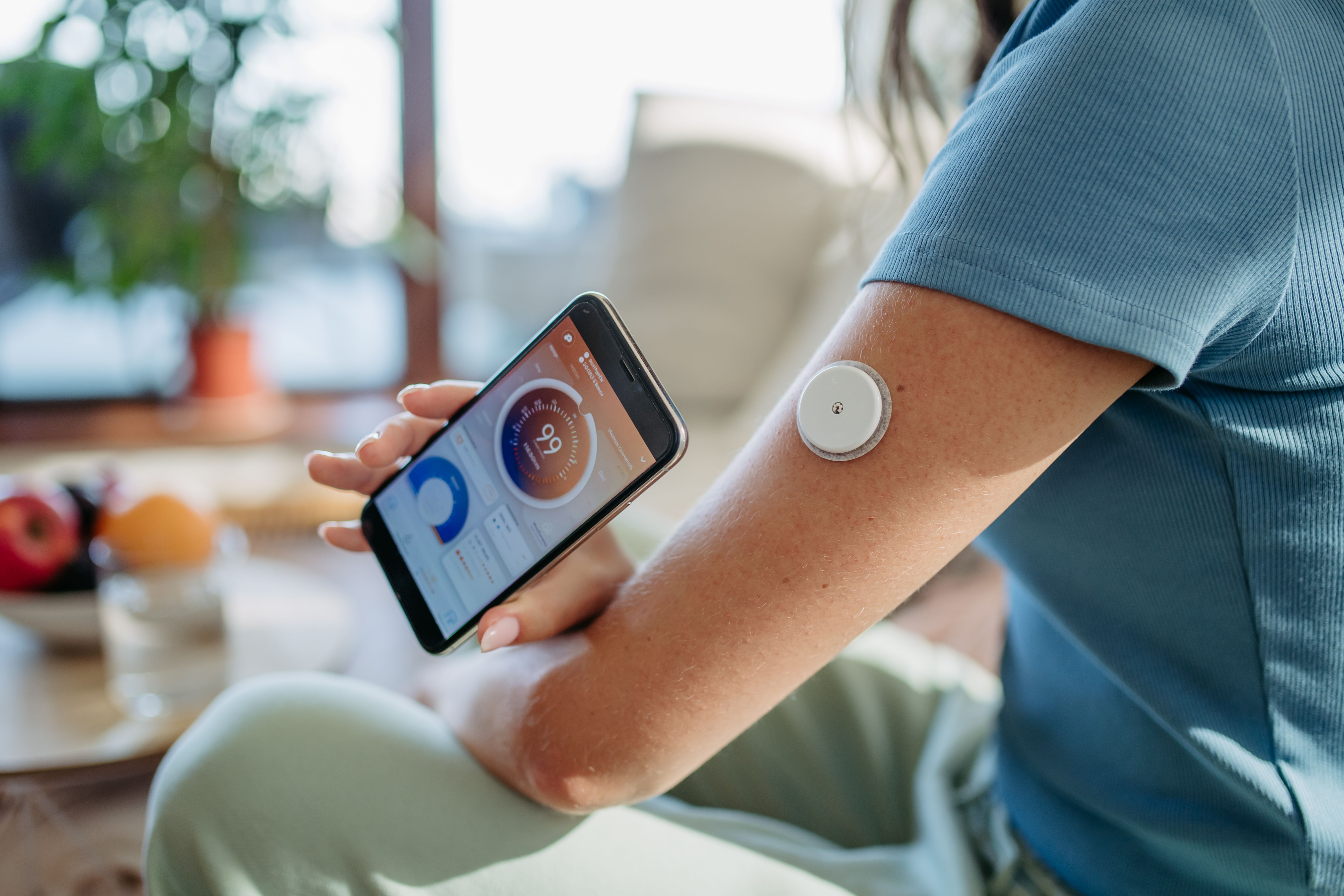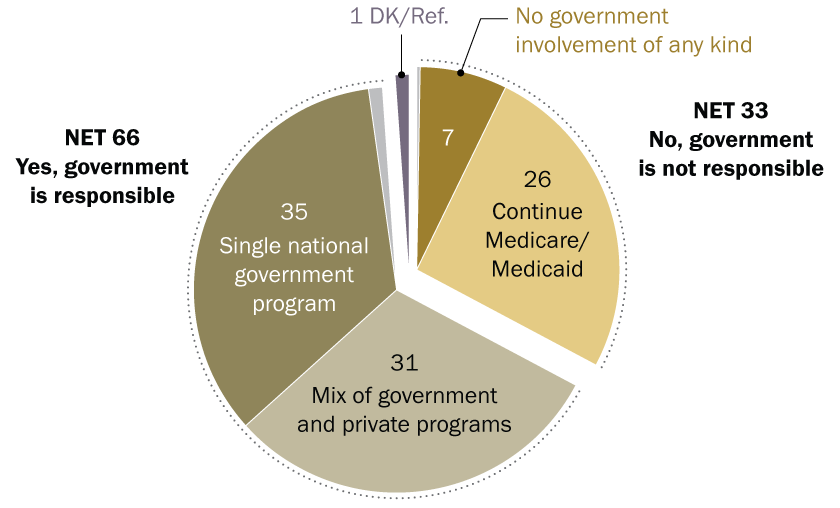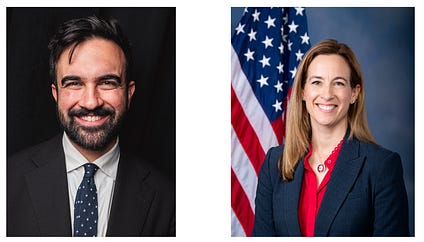Social Media, Suicidal Thoughts and an Identity Crisis Among Young Adults
A CVS Health and Harris Poll survey revealed that 63% of 18-34-year-olds struggle to find their life's purpose, and over a third had contemplated suicide in the past year. Social media may contribute to this crisis, as it fosters identity issues and unrealistic standards. Parents are advised to set boundaries on social media and encourage in-person interactions to support healthier identity formation. Recognizing signs of mental distress and taking action, including asking directly about suicidal thoughts, is essential. Society's awareness of mental health struggles is increasing, emphasizing the importance of prevention and support for those affected by social media-related issues.

“As I get older, I sometimes find it hard to know what my purpose in life is.”
The above statement rings true for 63% of 18- to 34-year-old respondents to a CVS Health and Harris Poll survey released during Suicide Prevention Month this September. It’s a heartbreaking window into the mental health of today’s young adults, considering more than a third of this age group also said they had moments in the past year when they contemplated suicide.
As parents ourselves, we are extremely concerned about this crisis and its potential causes, such as social media and the identity crisis it can foster within young adults. As this generation moves from their teenage years to adulthood, it can become harder to find a sense of purpose or identity when values, life milestones and even appearances are compared to those of others their age within the digital world.
Parents have experienced this transitional period themselves, but understanding social media's new role in mental health is crucial as we seek to protect our kids and others we love.
Struggling With Life Online
The journey into and through young adulthood is a pivotal and complex period of identity formation. Although this can be a positive time of self-discovery, it often can be marked by uncertainty or self-doubt as well, compounding with academic, financial and relationship stressors to create feelings of desperation and hopelessness. And when this generation watches their peers have an “easier” time online, with celebratory photos of life events and nights out, it can feel as if they are not transitioning into adulthood the “right way.”
This exemplifies how using social media is a double-edged sword, as it provides a platform for self-expression while simultaneously fueling unrealistic standards and a constant desire for validation. Incessant comparisons to peers, celebrities and influencers can intensify a young person’s internal struggle to align their personal identity with societal standards and ideals.
The real world, however, exists outside of any social media platform, which is an important sentiment to remember. Talking to friends in person about their lives will always provide a more satisfying view into their world than their latest Instagram post or TikTok video, because what they’re depicting may not be an honest representation of their reality.
Setting boundaries on social media for teens – and for yourself – can help foster more of this valuable in-person contact and form deeper, more meaningful relationships that can set a foundation for a healthier identity. But while completely unplugging is likely the best course of action to counter the negative effects of social media, it might feel like things can never truly be turned off in today’s digital world. If that’s the case, try to limit the time your family spends on social media. Use phone settings to help create and manage those boundaries, and reach out to family or friends to suggest a group activity that can take the place of swiping, clicking or doomscrolling.
Cyberbullying is another common issue tied to social media, and we’ve seen its effects as parents of young adults. To help stop the cycle, be the change you wish to see, and consider whether the comment or post you’re contemplating would be reflective of your in-person behavior. Encourage your teens to do the same.
Where to Turn With Concerns
If you are worried that social media is affecting your child’s mental health, be on the lookout for signs that can include withdrawal from family and friends, a lack of interest in the future, decreased interest in hobbies, and major changes in behavior, sleep or appetite.
Knowing the signs of suicidal ideation also can be critical. Noticeable indicators that someone might be considering suicide include talking about death or feelings of emptiness, increased alcohol or drug use, and saying goodbye to loved ones. While it might feel intrusive or uncomfortable, acting on your concerns is an act of courage, and can be lifesaving. If you feel your child or someone you know is at risk, follow these five steps as outlined by the 988 Suicide & Crisis Lifeline until you locate additional support systems:
- Ask: Do not be afraid to be blunt and ask your loved one if they are considering suicide, as this can open an honest dialogue. Make sure when you ask that you are able to actively listen, and do not promise to keep suicidal thoughts a secret.
- Be There: Be present, whether that means being with a person physically, talking with them on the phone or any other way you can show you are available. By doing this, you reestablish a sense of connectedness for someone struggling.
- Help Keep Them Safe: Establish if there are any methods or actions that the individual has considered or already taken. Knowing the plans for a suicide attempt is the most effective way to stop one, and if you are not physically present, connect with someone who can remove access to any potential lethal means. Be sure to remove any firearms from the home or, at minimum, ensure they are properly locked away.
- Help Them Connect: Establish a safety net by providing resources and support systems to someone you’ve identified as being in crisis. This can involve community resources like a mental health counselor or help available through the 988 lifeline.
- Follow Up: Set up another time to talk in person or via phone call to see how your loved one is doing and if they’ve received support. This is a good opportunity to discuss ways to seek help in case of another crisis, confirm that you are a trusted source for this person and further their sense of connectedness.
It’s not only our children who may be affected by social media and have thoughts of suicide, and it’s important to be familiar with ways to help before we need them for our loved ones or ourselves. Additional resources include depression screenings that can be accessed at more than 1,000 MinuteClinic locations across the U.S. – with some offering virtual services – as well as tools and supports available through The JED Foundation and the American Foundation for Suicide Prevention.
Suicide Can Be Preventable
Society as a whole is growing increasingly aware of mental health struggles and working to mitigate them. In 2022, 94% of people surveyed believed that at least some instances of suicide can be prevented. But just like physical health, mental health requires preventive care that people should seek before they ever get close to a moment of crisis.
You don’t have to be a medical professional to listen and offer support. Check in on your loved ones regularly to see how they are feeling and show them that they are not alone. Reach out to family members, friends, community leaders or doctors if you feel hopeless or know someone exhibiting signs of suicide. Use social media responsibly, and encourage others to do the same.
Together, we can shift the stigma that social media can bring and change conversations on suicide from taboo to honest discussions. By getting real, we can help others heal – and even save lives.
If you or someone you know is struggling or in crisis, please call or text 988, or chat at 988lifeline.org.
What is Your Reaction?
 Like
1
Like
1
 Dislike
0
Dislike
0
 Love
0
Love
0
 Funny
0
Funny
0
 Angry
0
Angry
0
 Sad
0
Sad
0
 Wow
0
Wow
0
















































/environment-climate-change-and-health-(ech)/water-sanitation-hygiene-and-health-(wsh)/landfill-tuvalu-36092.tmb-1200v.jpg?sfvrsn=5c21fe40_1#)

.jpg.webp?itok=0ZsAnae9#)

